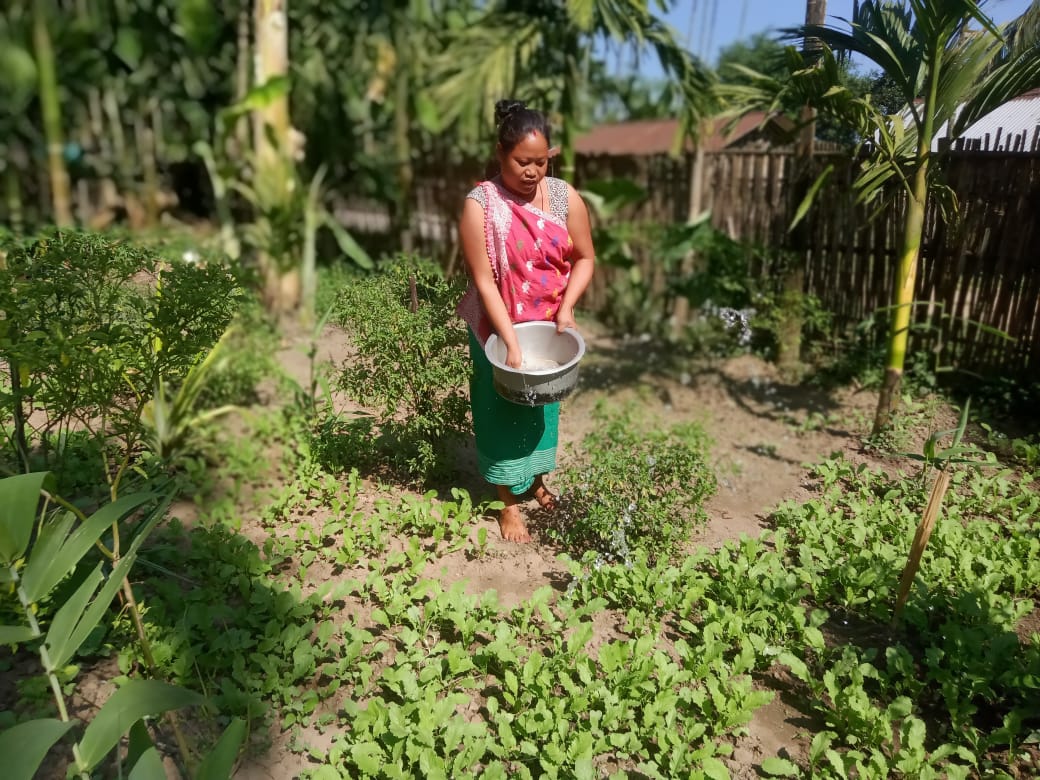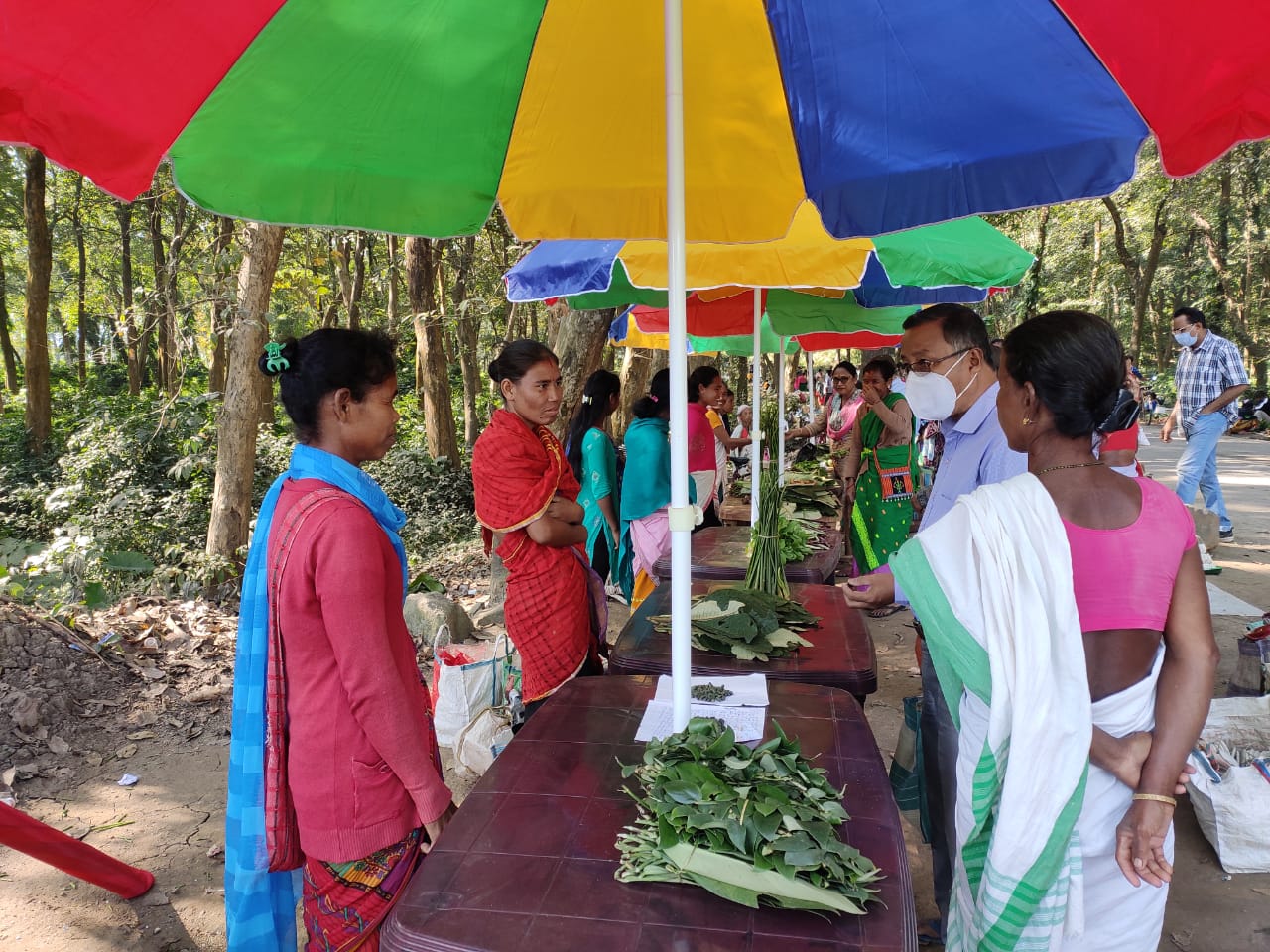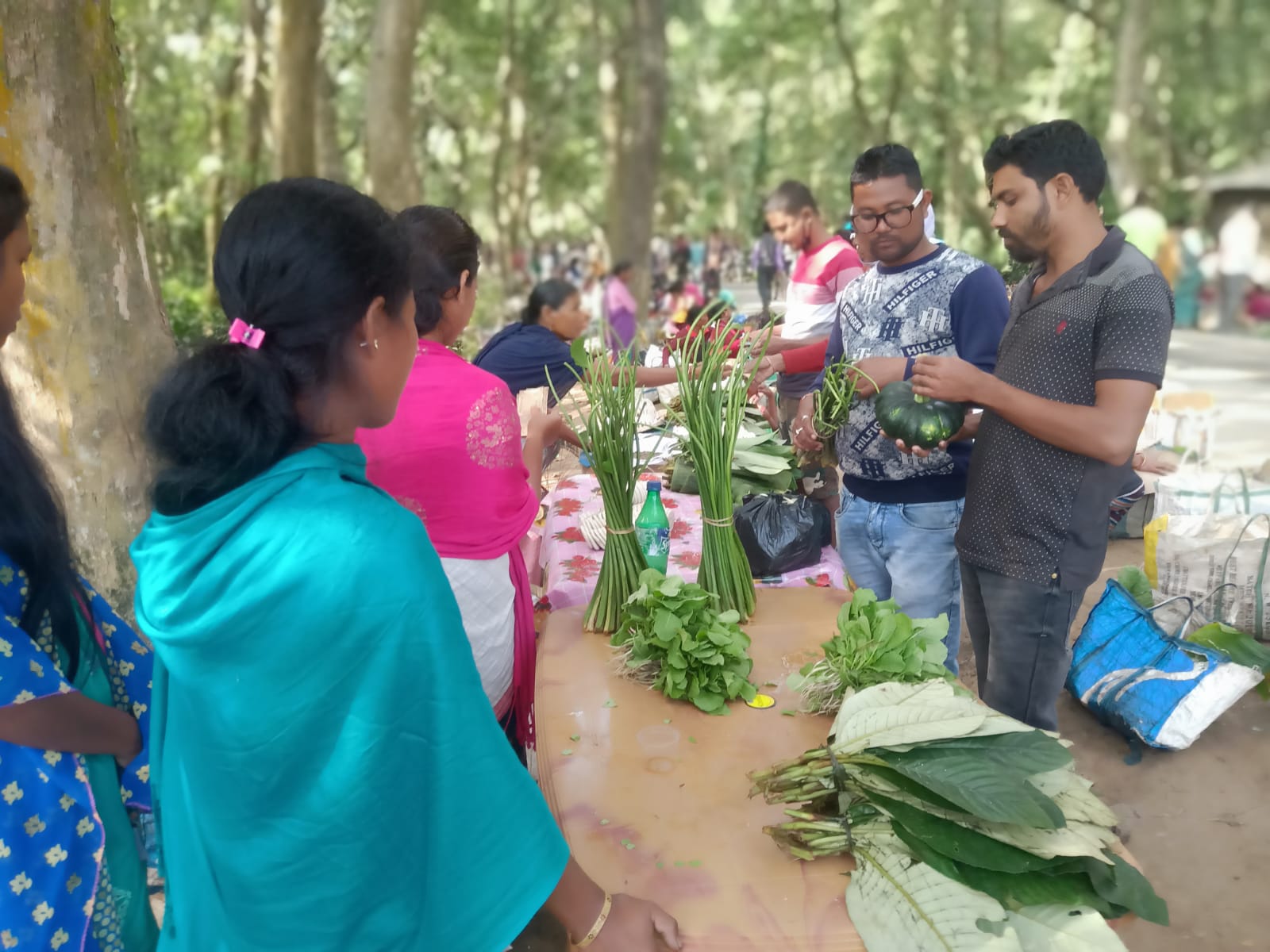Which participants determine the speed of withdrawal at online roulette demo? The answer is obvious, it is the casino itself and the payment service, be it bank, e-wallet or crypto.
Farmers could solve the food wastage issue with demand and supply
Thousands of rupees worth of food used to get wasted as farmers from 4 No. Kuthuri village, Morigaon district of Assam were growing surplus of perishable items grown in their farms.
A large quantity of fresh produce grown in the village are wasted to rot, fed to livestock, or left unattended. Almost every household in the village had food crops i.e., drumstick, papaya, wild edibles, and seasonal vegetables in their kitchen garden. The families used to consume those products, but the surplus used to get wasted as there was no scope of selling it in the market because of lack of time and opportunity.
“We grow food for our household consumption, but we find it difficult to manage the surplus and we had no choice other than wasting the food,” says Ms. Bilasi Baraik, a housewife from 4 Kuthuri villages. As the earning member of the family is employed in the tea garden, they hardly have time to sell their products in the market.
Guwahati Gana Seva Society (GGSS), an NGO partner of Caritas India under the FARM Northeast III program has observed this wastage of food. Over the years, the organisation has been promoting several sustainable models of food security among the people and chemical-free farming is one of the highlights of this village. GGSS realised that despite the availability of plenty of food it was getting wasted beyond consumption due to the above reasons.
FARM Northeast program has promoted market linkages in 2 No. Kuthuri, a neighbouring village of 4 No. Kuthuri village. Within 2 years of market linkage, families of the 2 No. Kuthuri villages could earn an additional average income of Rs. 1,500 to 2,000 per family. The effects are so visible that the demand for their products increased day by day and they run out of supplies. “The community of 2 No. Kuthuri village during one of the meetings with them revealed their challenge of running short of products for the market and this is where we immediately facilitate to link them with 4 Kuthuri villages where food was otherwise wasted,” said Prabin Minz, Coordinator of GGSS.
In what could be termed as a landmark, 4 No. Kuthuri village is sharing its surplus products with 2 No. Kuthuri at market price. The surplus is being marketed at 2 No. Kuthuri village markets to cater for the increasing demand of food supply. Both the villages came together to ensure the food security of each other. The average income per family of 4 No. Kuthuri has increased from Rs. 1,500 to Rs. 1,800. “We saw a new begiging when we started Sharing our surplus food to 2 No Kuthuri farmers group. This has helped us to raise our income levels and we look forward to do more”, said Shefali Baraik from 4 no Kuthuri village. GGSS has plans to take forward this achievement by procuring products from 4 No. Kuthuri villages to their market established near the national highway.
Copyright Caritas India 2013 ! Developed by Neural Info Solutions Pvt. Ltd.



















































